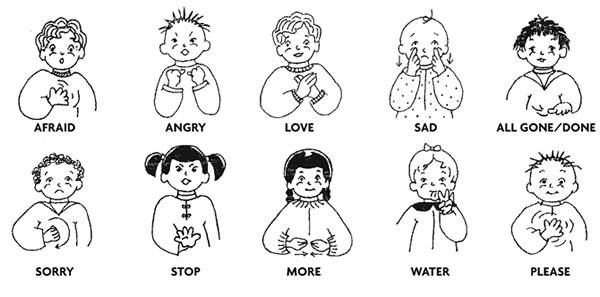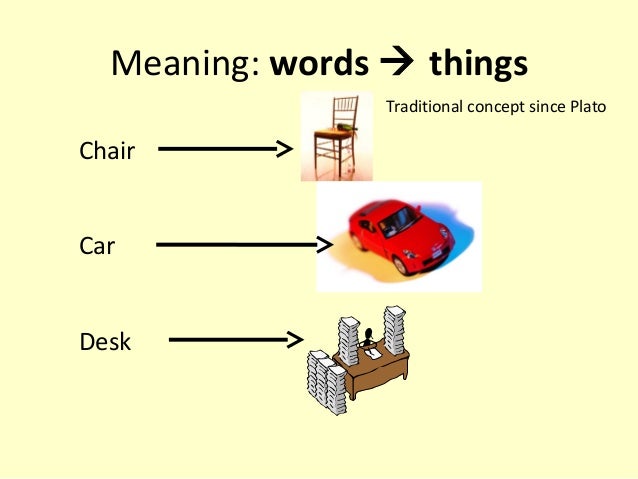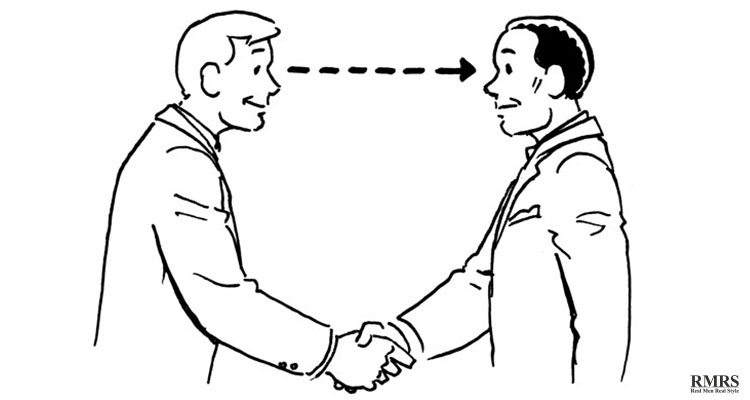Sign Language
Sign Language is a language substitute because it replaces the words and letters of spoken language, which makes it convenient to the deaf and mute people to communicate.
Even when sign language does not use words, there are differents languages in sign language. Watch this video: American Vs Spanish Sign Language.
Whistling
Whistling is considered a speech surrogate because it replaces the words with sounds. People who learn this speech surrogate are able to communicate a clear and whole message by only whistling.
Cryptograms
Cryptograms use a type of puzzle to subsisute written words in order to hide a message. Cryptograms are a type of secret language because only the people who know the cryptogram are able to decode the secret message.
A clear example of hidden messages is Gravity Falls. If you ever watched Gravity Falls, you may have noticed the end credits. In all of the end credits, there is a hidden message using cryptograms.
Gravity Falls uses Caesar ciphers, Atbash ciphers, the A1Z26 cipher, and keyed Vigenère cipher. They also use a combination of ciphers, or even a cypher that the creator of the show made.
If you want to go deeper in the Gravity Falls cryptograms, visit the next page:
Whistling
Whistling is considered a speech surrogate because it replaces the words with sounds. People who learn this speech surrogate are able to communicate a clear and whole message by only whistling.
Cryptograms
Cryptograms use a type of puzzle to subsisute written words in order to hide a message. Cryptograms are a type of secret language because only the people who know the cryptogram are able to decode the secret message.
 |
| Decoded message using Vigenère cipher: Ignorance is bliss, but bliss is boring. |
If you want to go deeper in the Gravity Falls cryptograms, visit the next page:


























